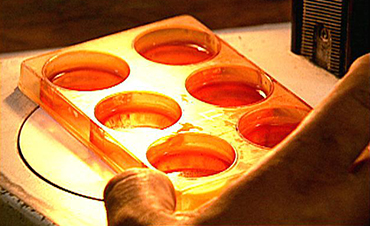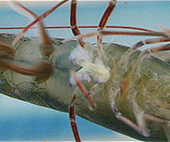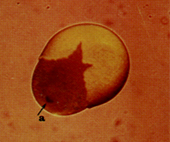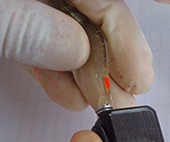 Bogotá: Cra 70 F No. 78 A - 84.
Bogotá: Cra 70 F No. 78 A - 84.
Cartagena: Calle 32 No. 8A – 33 CC La Matuna Ofic. 215
Punta Canoa: Laboratorio Ceniacua. contacto@ceniacua.org
contacto@ceniacua.org Bogotá: +57-1-2517321
Bogotá: +57-1-2517321
Cartagena: +57-6-6601265
Punta Canoa: (576) 735092.

From 2001 CENIACUA has been cultivated in concrete tanks P. vannamei broodstock at high densities under the system of bacterial floc . In 2003 comes into operation module brood rearing conditions under superintensive liner pools with the same type of culture that is characterized by densities 70-150 / m2, minimal water exchange , intense aeration, water mixing and proliferation heterotrophic bacteria. The average yield of these crops is 25,500 kg / ha / year. The reasons to think these systems are basically increasing environmental pressures for the rational use of water, effluent control , land constraints and biosecurity.





